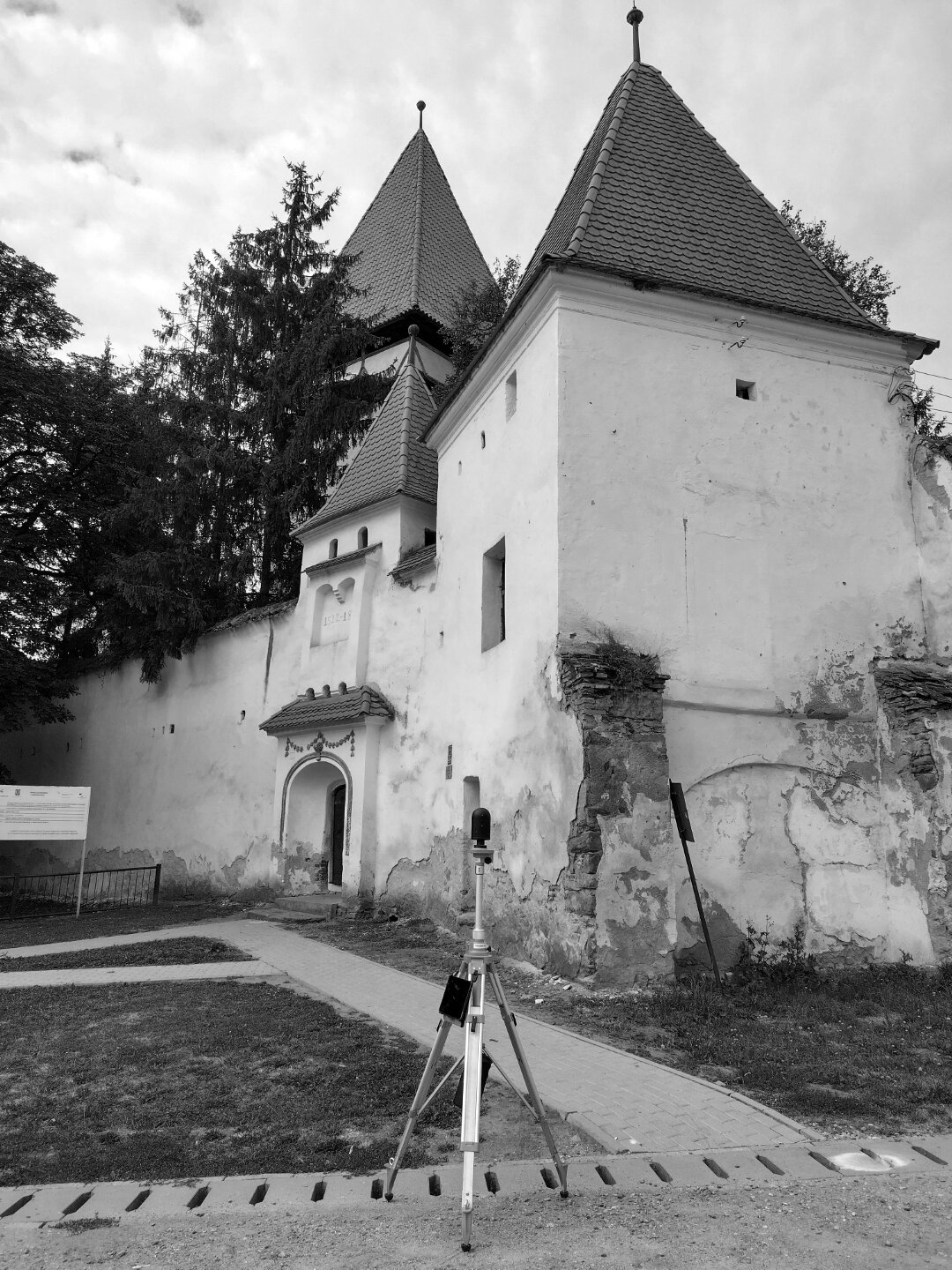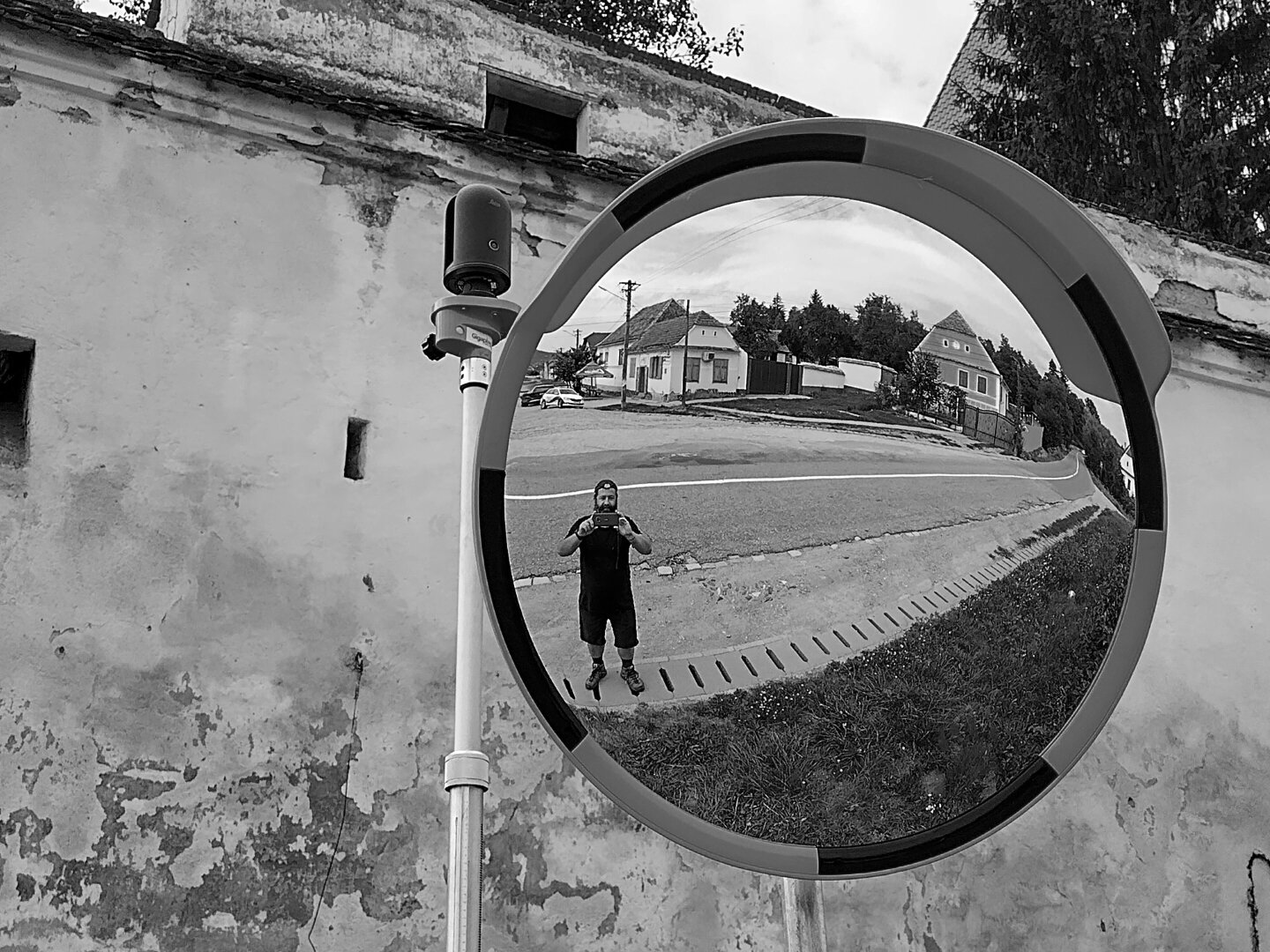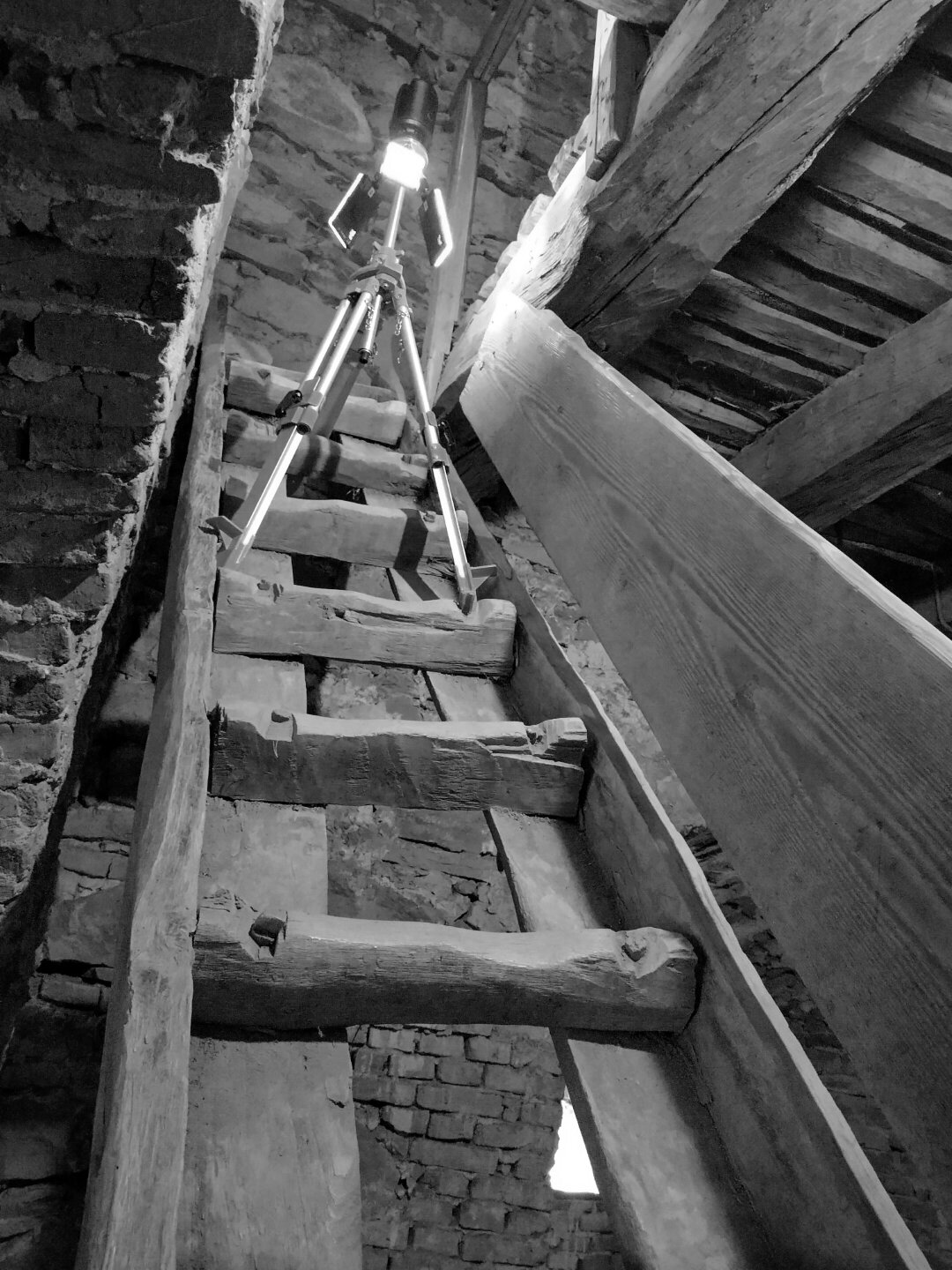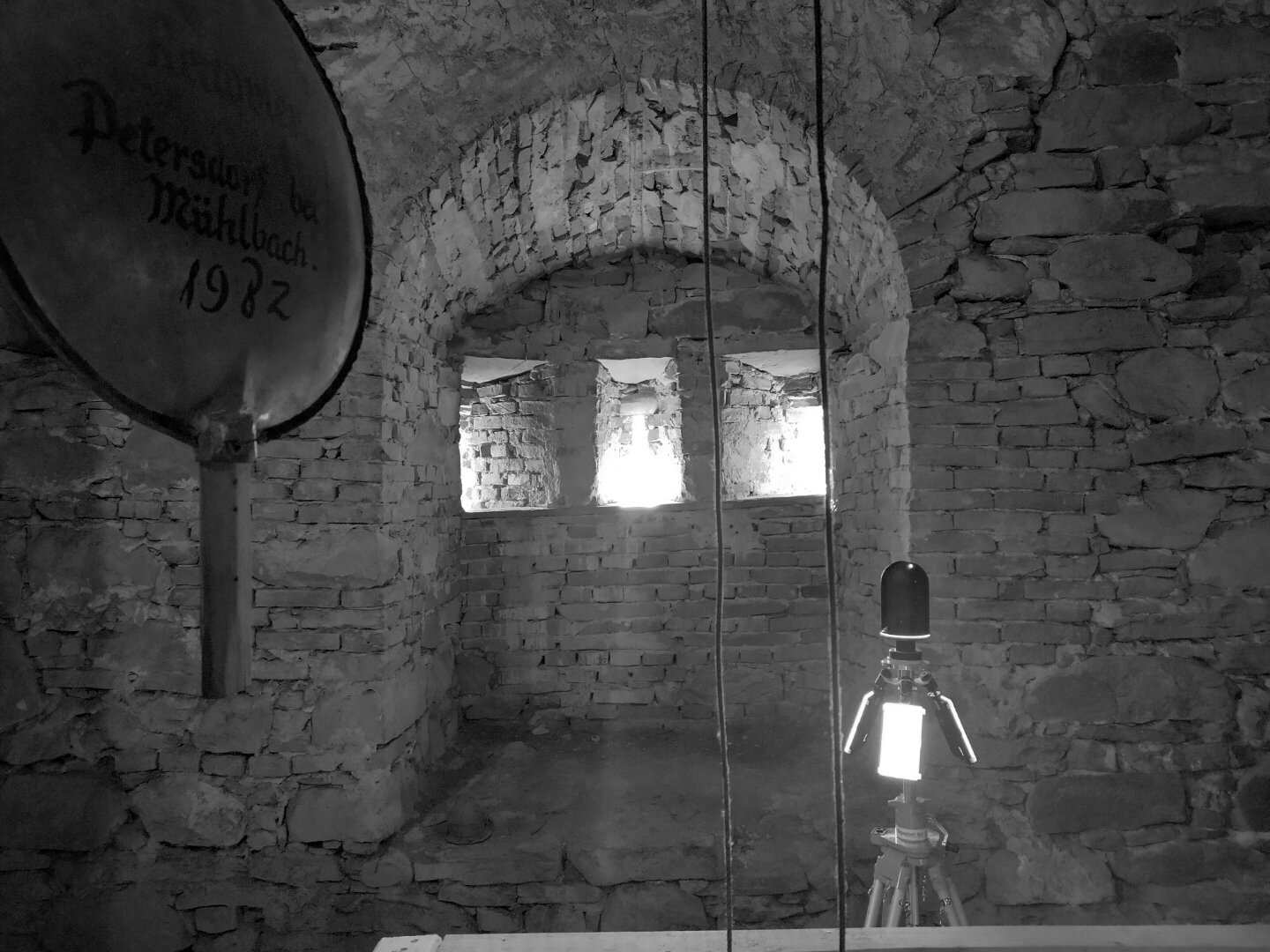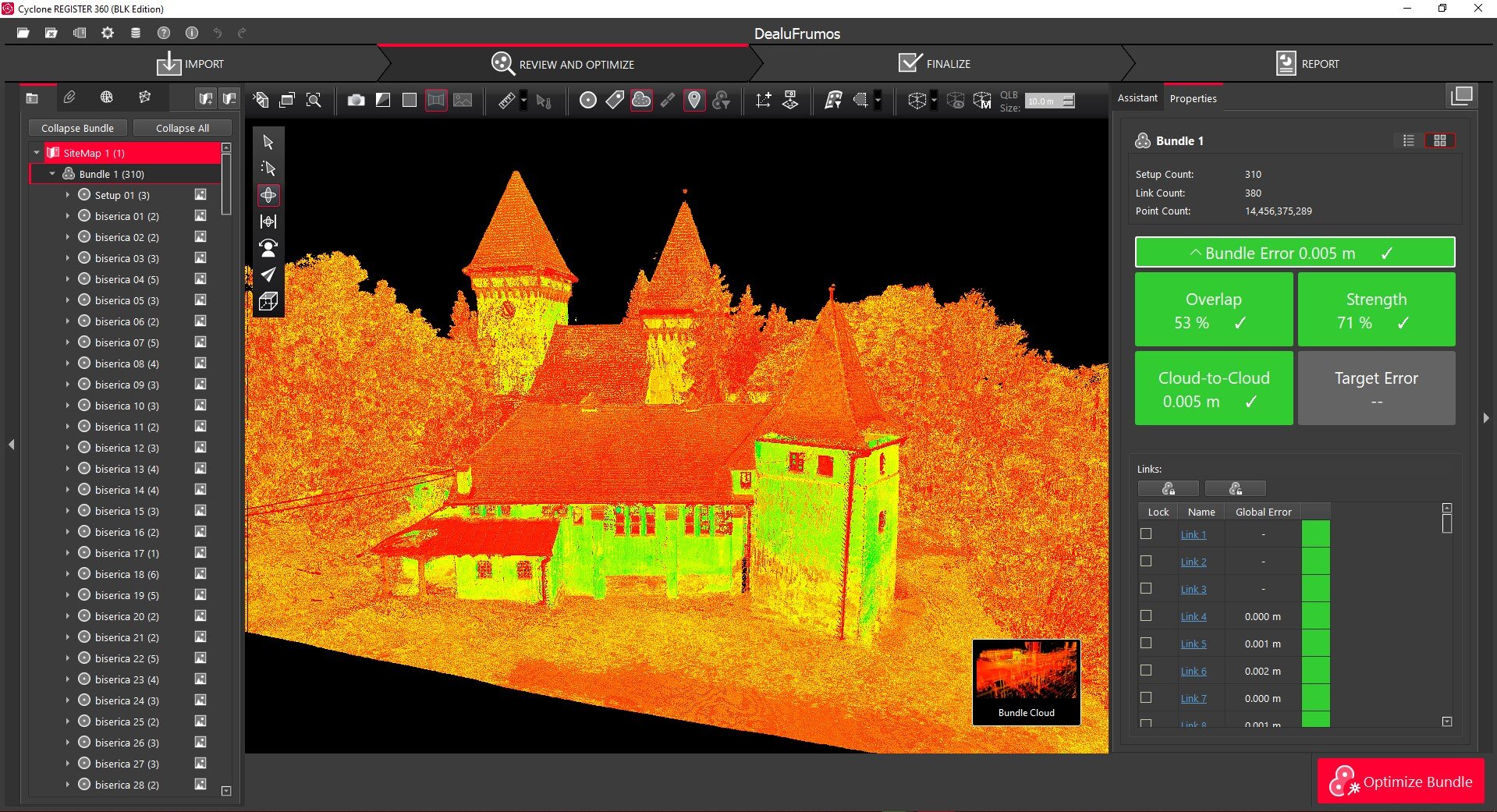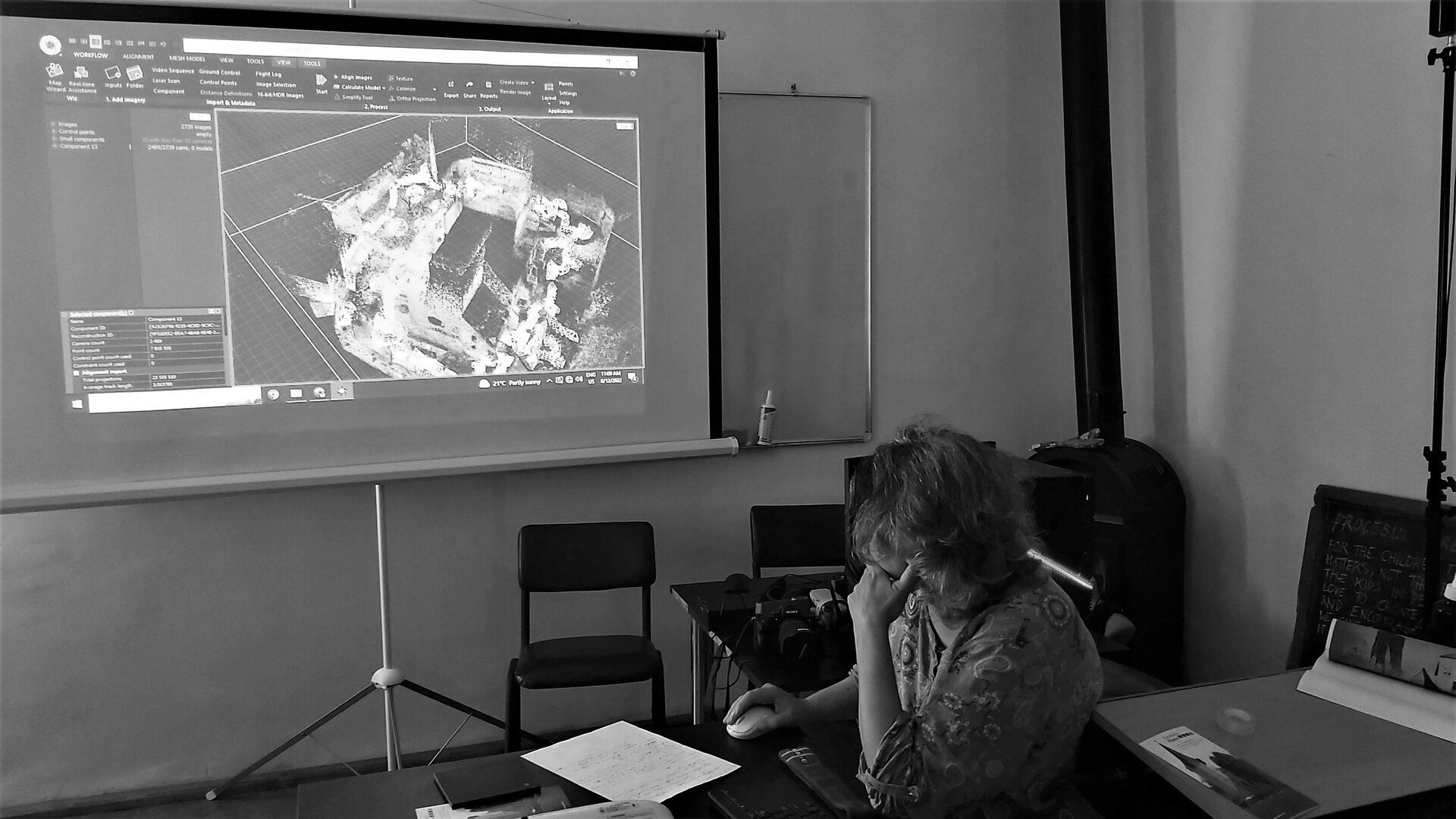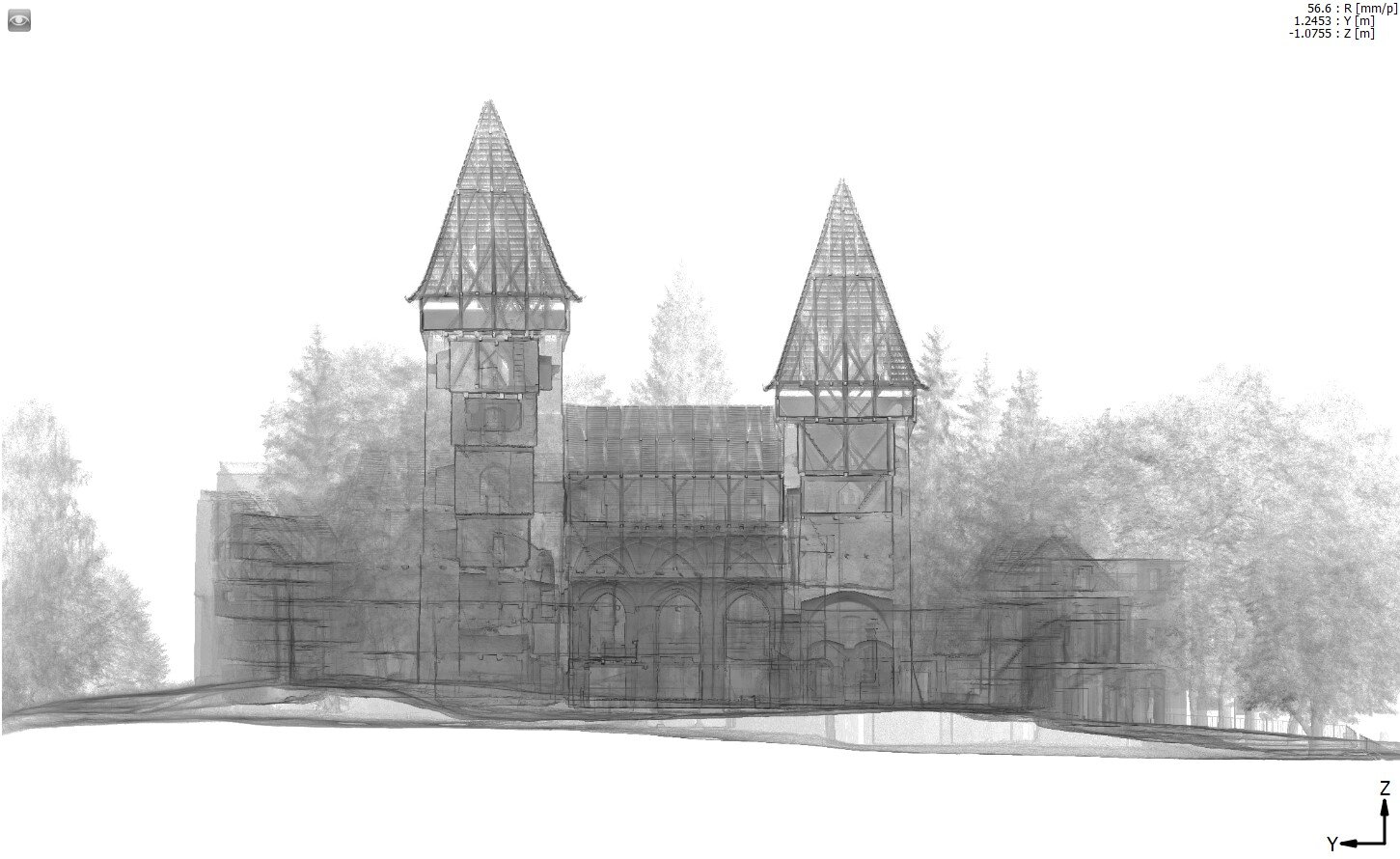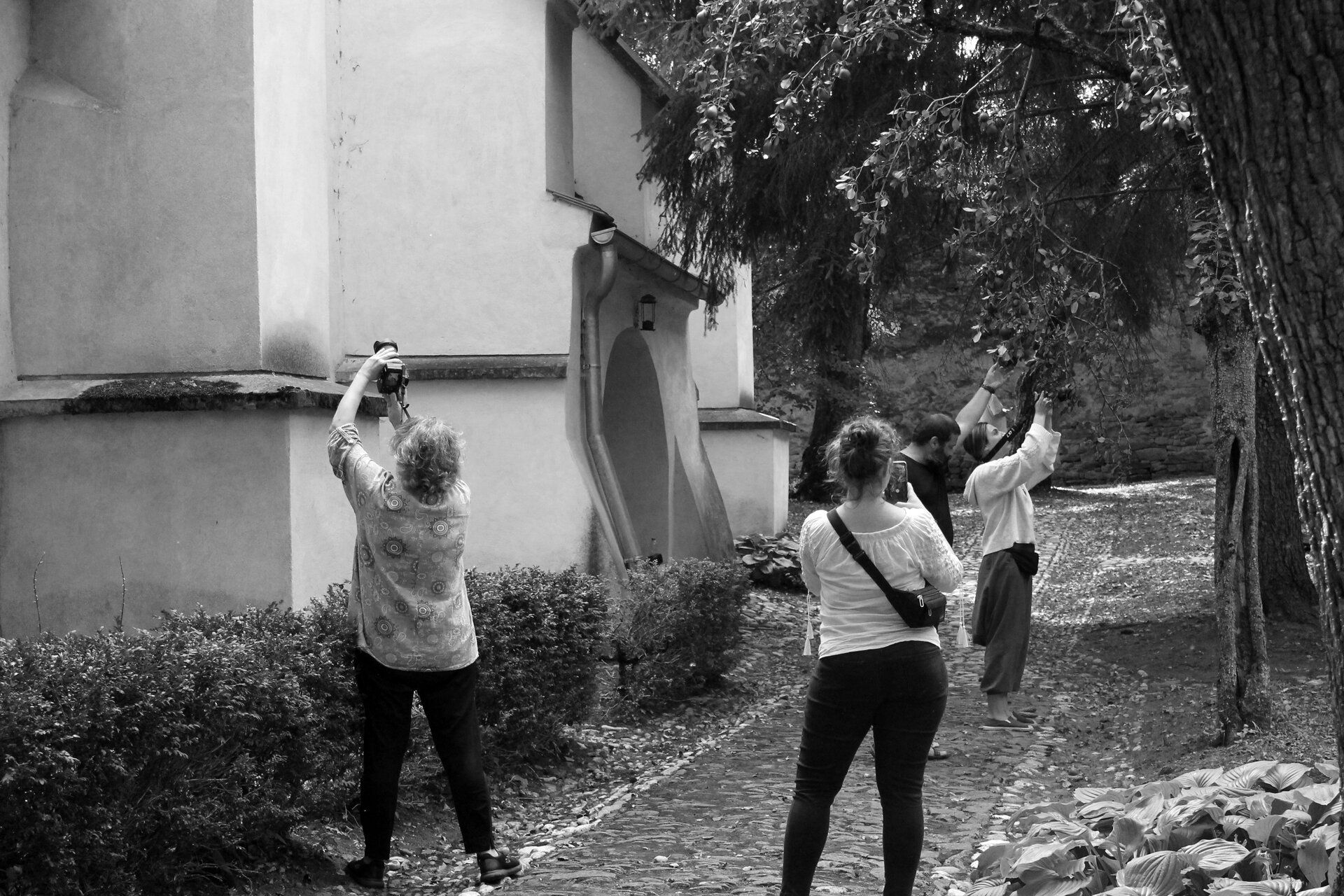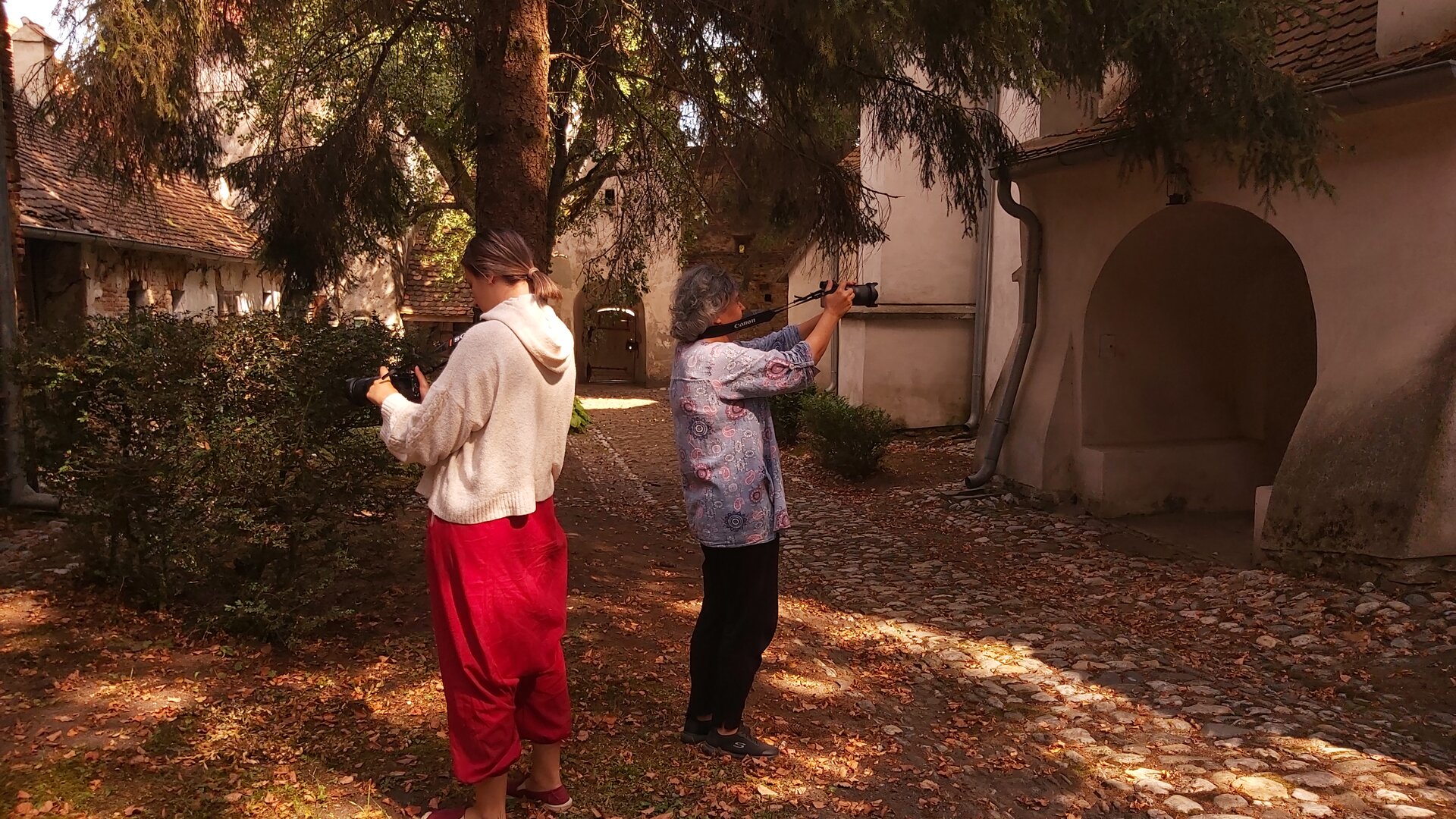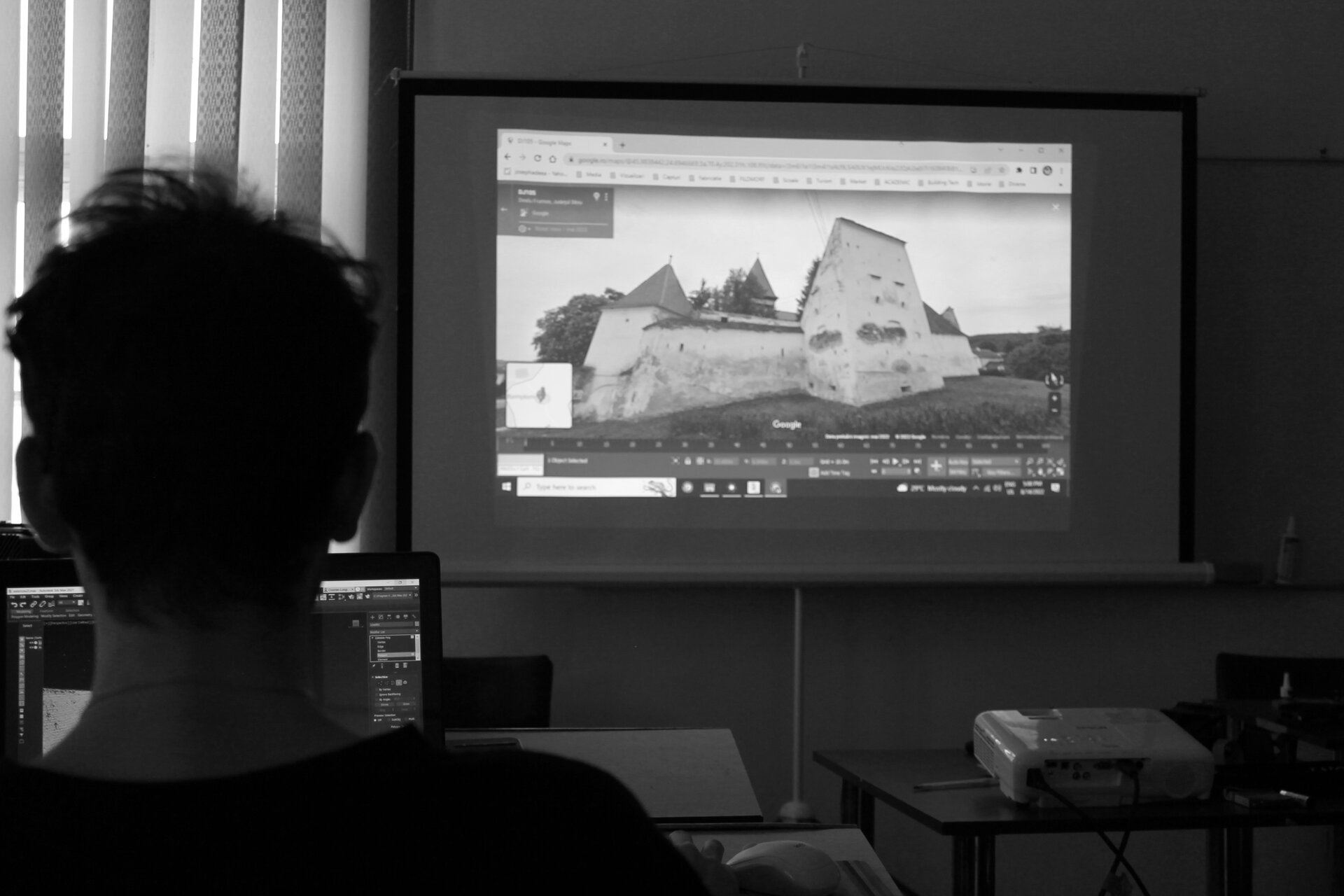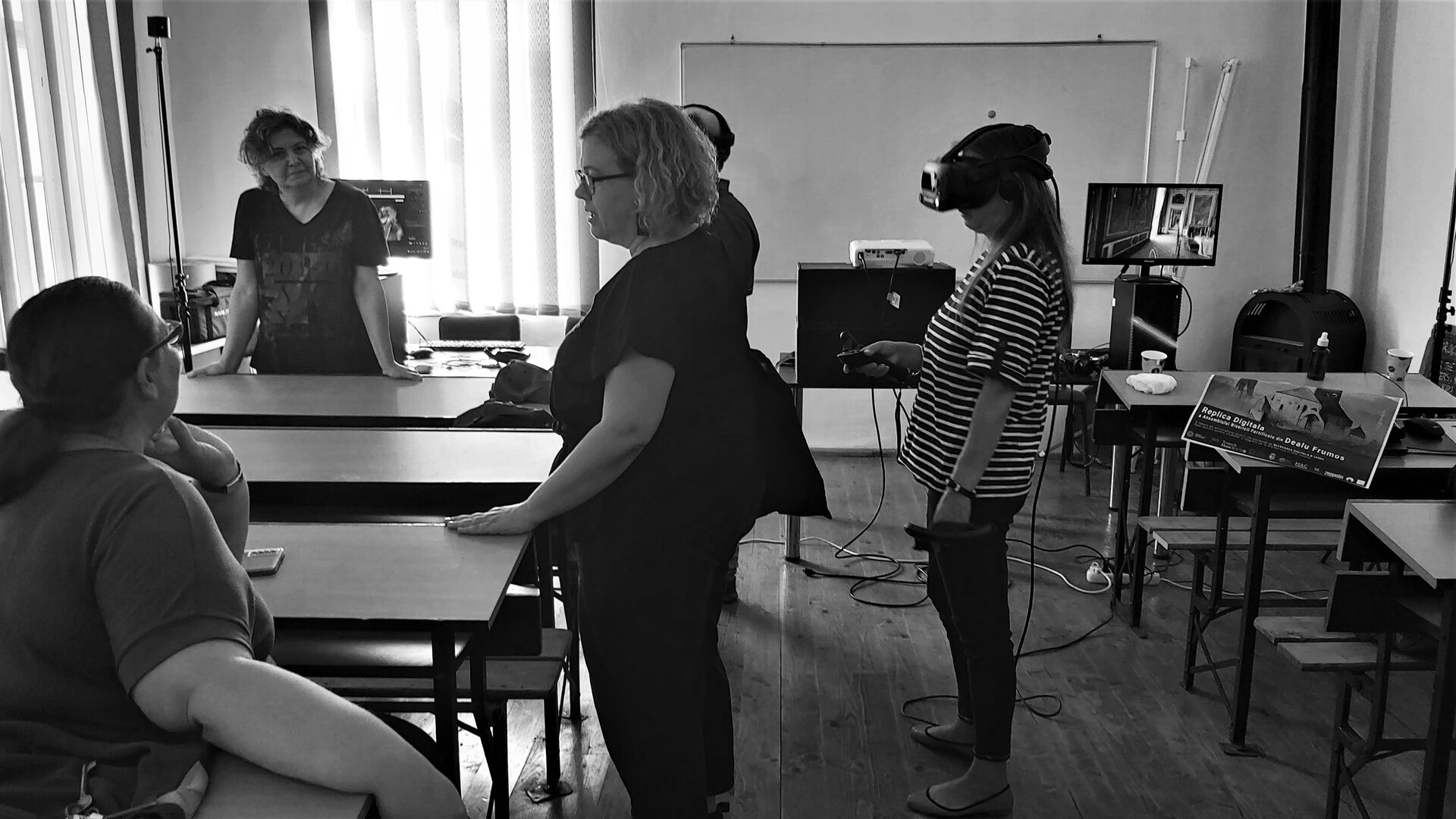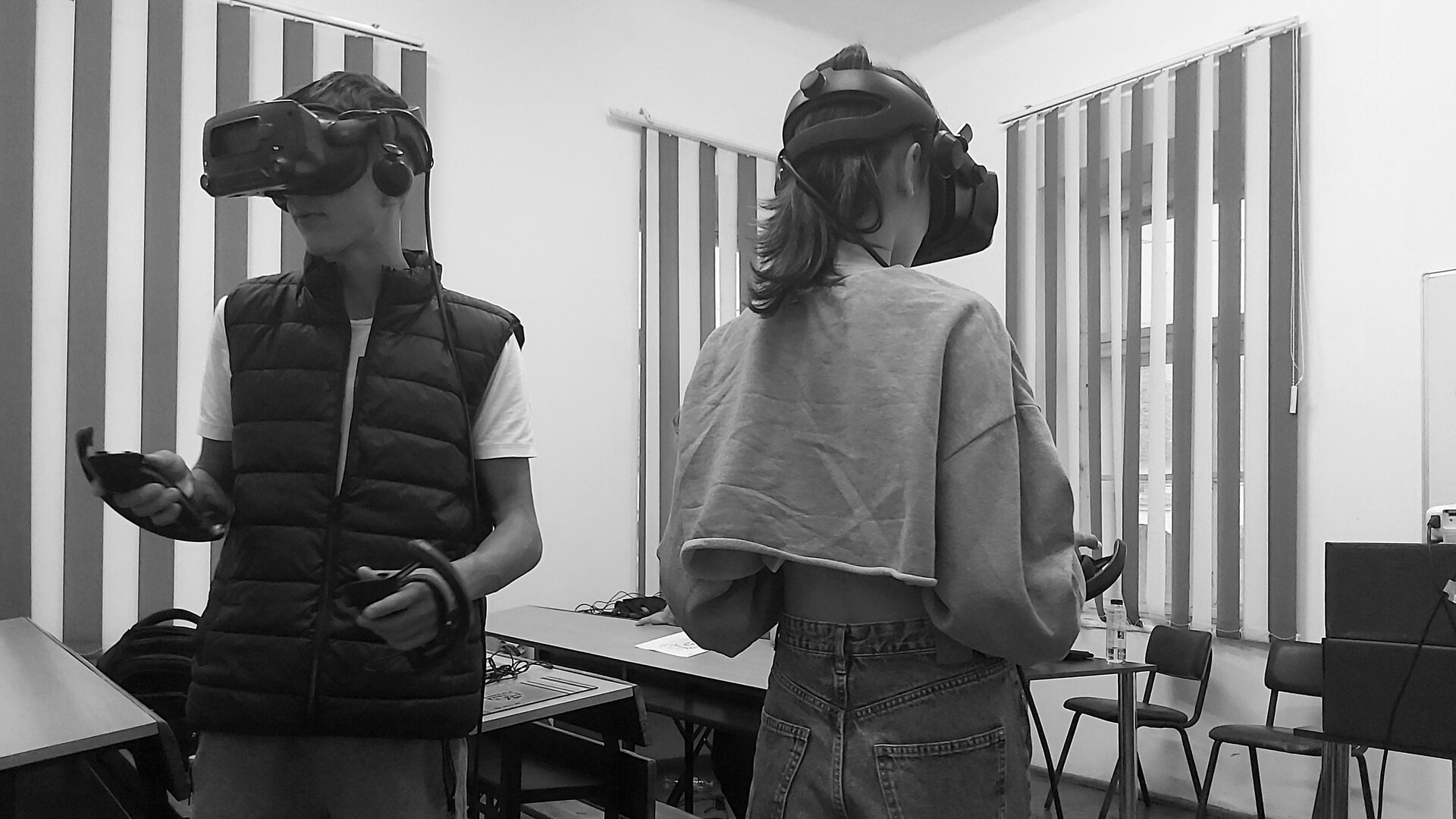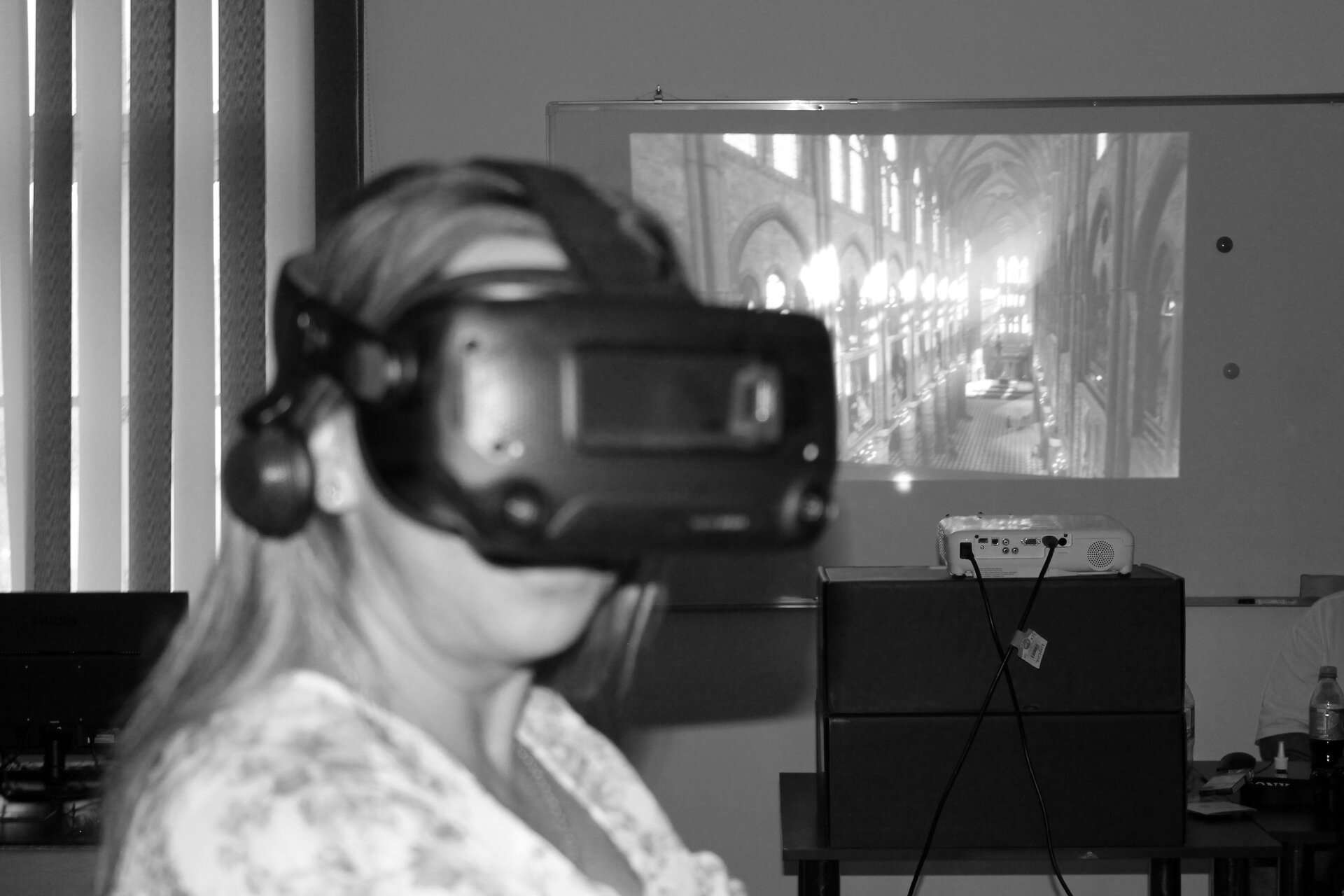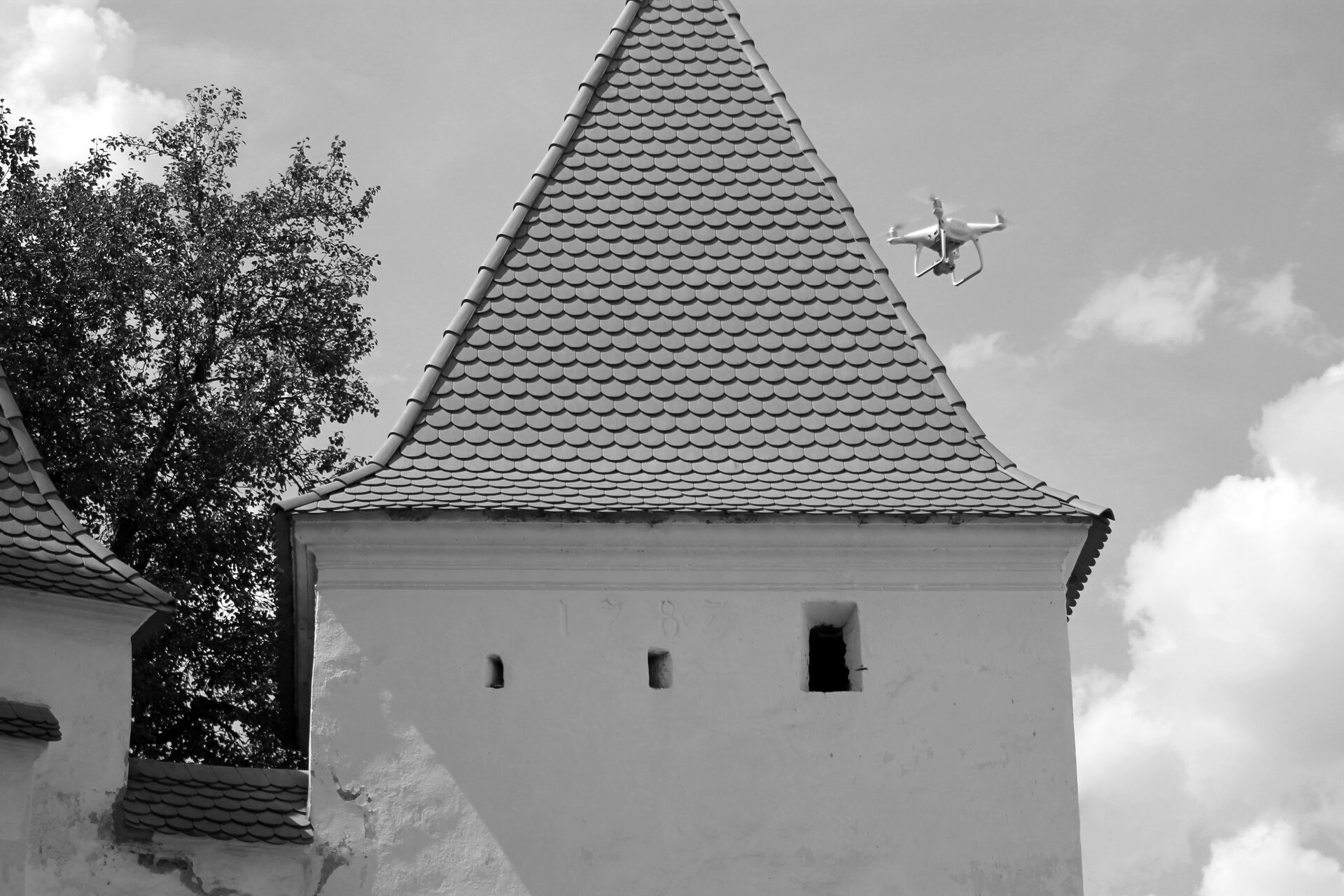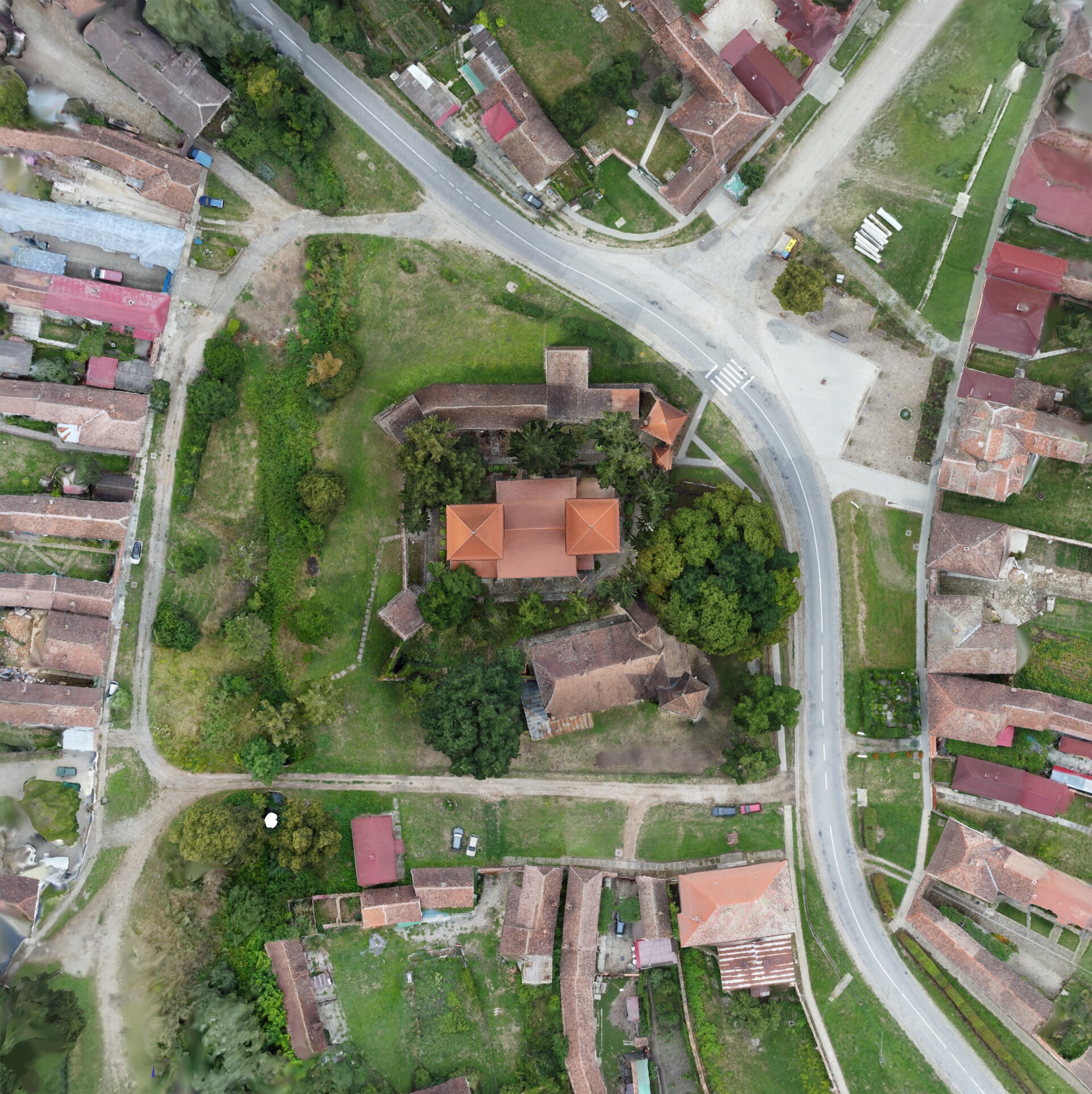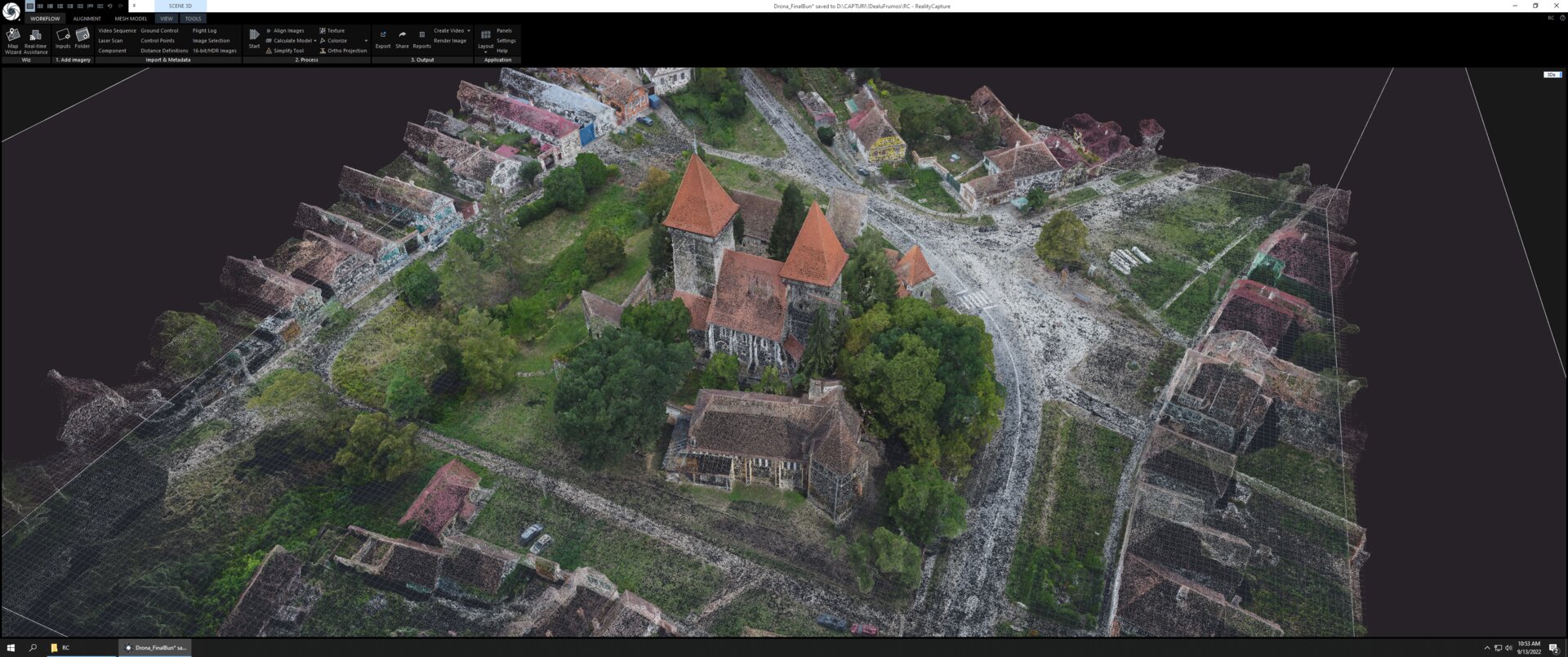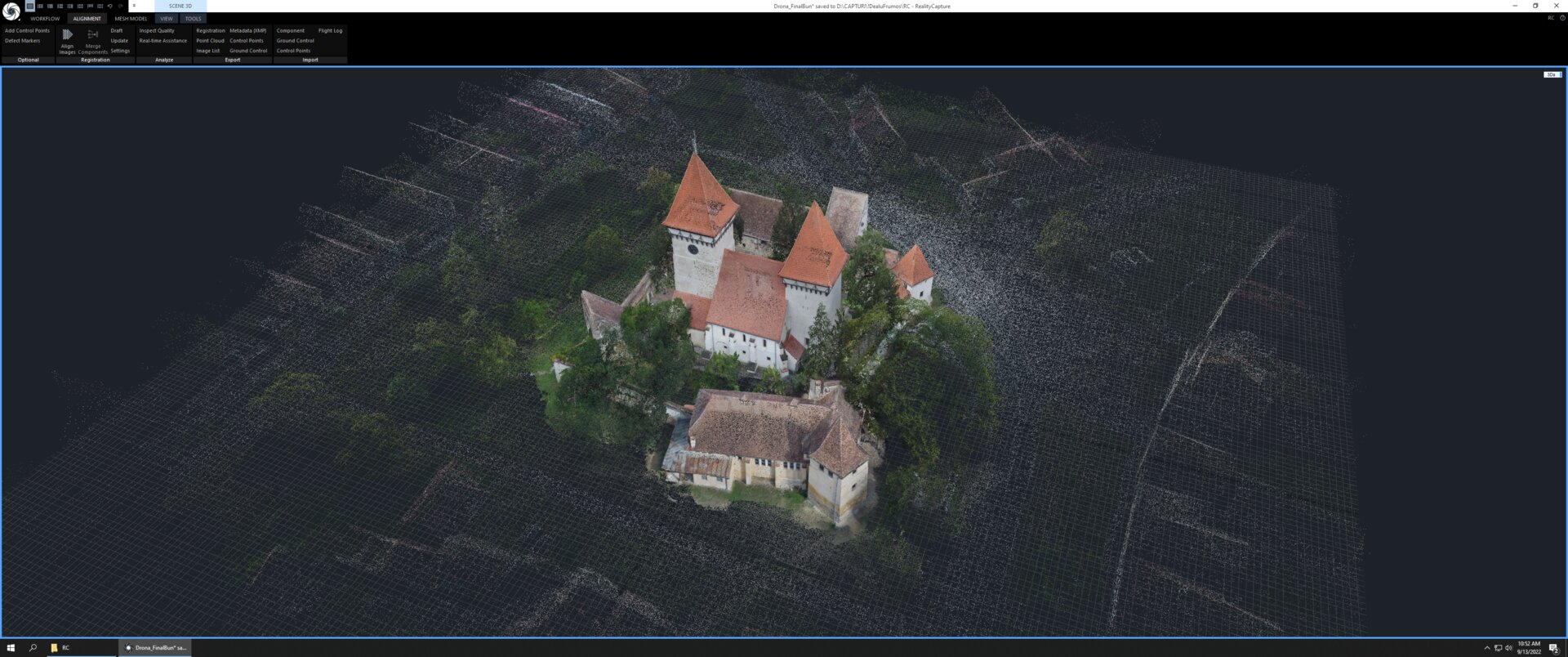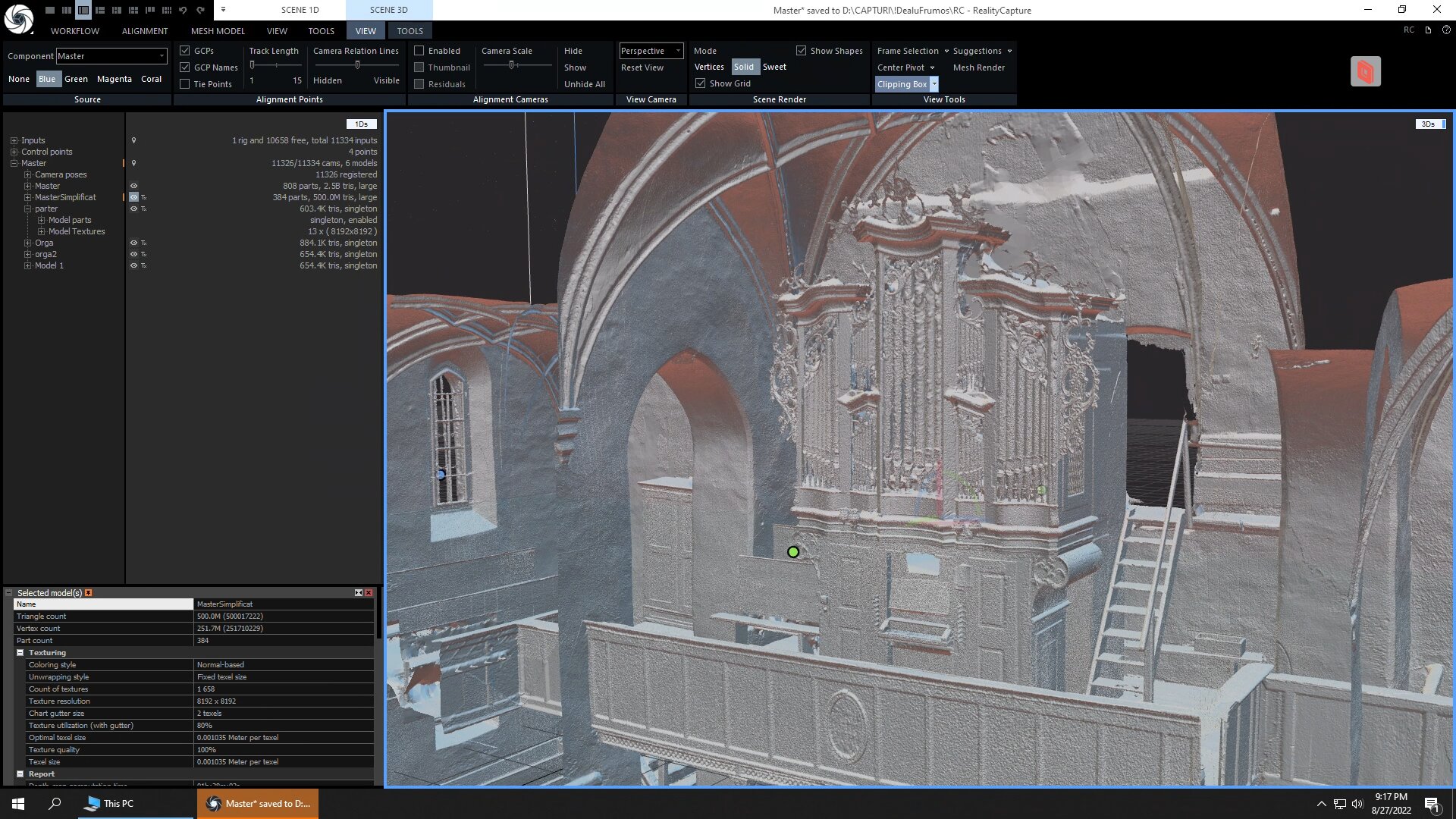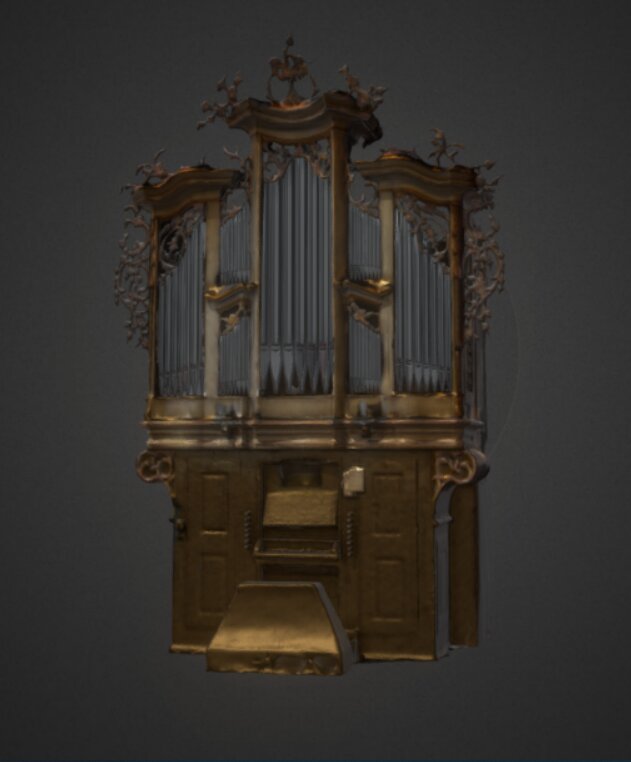
Tradition and tehnology. The digital documentation of the Ensemble of the Fortified Church of Dealu Frumos
Authors’ Comment
3D modeling is useful both for realistic interaction with the built space and for the study of buildings. The project responds to the need for practical training of future specialists in the extensive field of cultural heritage (architectural, artistic, etc.) regarding the use of digital tools and virtual reality applications for the study and understanding of heritage architecture for didactic as well as practical purposes (restoration, design of interiors or new spaces). We wanted to offer students and interns access to some digital tools useful for solving some problems in their professional activity, but also for creating didactic and popularization material. We combined the use of new technologies in architectural design with the research, documentation and contextualization of the Transylvanian cultural heritage.
In the proposed project, we put the two methods of investigating the architectural heritage face to face, the classic traditional one, based on surveys and drawings with details "with pencil on paper" and the modern one, with scanning and photogrammetry of the heritage, identification of degradations with specialized equipment.
3D modeling for heritage visualization offers more than a digital survey created automatically by a 3D topographic scanner. It provides a realistic view that includes context, materials, state of preservation. Therefore, this type of modeling has specific requirements, often related to those of the gaming industry.
The digital model of the Evangelical Church in Dealu Frumos is useful in several ways:
- it provides reference information of the monument at the time of scanning for the National Heritage Institute and other interested fora,
- it provides information related to the state of the building for restaurateurs,
- it provides a landmark for the memory of a diminished community, that of the Saxons (sași) from Dealu Frumos, who contribute to the maintenance of the monument,
- it provides a realistic 3D image, necessary for any intervention within the assembly.
The geometry of the spaces was ensured by the scanning of Călin Șuteu:
"The documentation through TLS technology of the ensemble of the Fortified Church in Dealu Frumos (SB). One of the wonderful Saxon churches in the heart of Transylvania was laser scanned, an effort sustained for about 5 days - from dawn until late evening/early morning - totaling an impressive point cloud (14.45 billion points), resulting from 310 individual stations, with a final bundle error of only 5 mm."
The realistic aspect was ensured by photogrammetry, an activity coordinated by architect Andreea Iosif, which together with architect Andreea Ivanciof and other members of the team and workshop participants, photographically documented the Ensemble of the Fortified Church in Dealu Frumos.
The products of the activity coordinated by architect Andreea Iosif:
- Realization of the 3D visualization of the complex of the fortified Dealu Frumos Church, study model obtained by photogrammetry: https://skfb.ly/oyUqE
- The execution of some wooden structural elements in a virtual model: https://bit.ly/3zfPGvf
- Full virtual reconstruction of some objects: Organ: https://skfb.ly/oyUpV Altar: https://skfb.ly/oyTSL
We propose a model of good practice, which aims to refine the methods of reproduction and communication of the built heritage, using new technologies for the creation of new cultural products, in an interdisciplinary, dynamic and creative context.
- OPEN Garage
- The „Bătător plus”
- Living Danube Limes
- Govora Heritage Lab
- Year One. First Year. Model / Vocabulary /Tools
- IMUAU Summer School. Schönberg 2022
- Tradition and tehnology. The digital documentation of the Ensemble of the Fortified Church of Dealu Frumos
- Pherekyde's Courtyard
- Water to wine
- Millipede
- Eliminating the median area between traffic lanes
- Football as Infrastructure of Democracy
- In-Visible Venice - An architectural comparative journey thru Italo Calvino's projections
- ELEMENTS - Sibiu Summer School 2022
